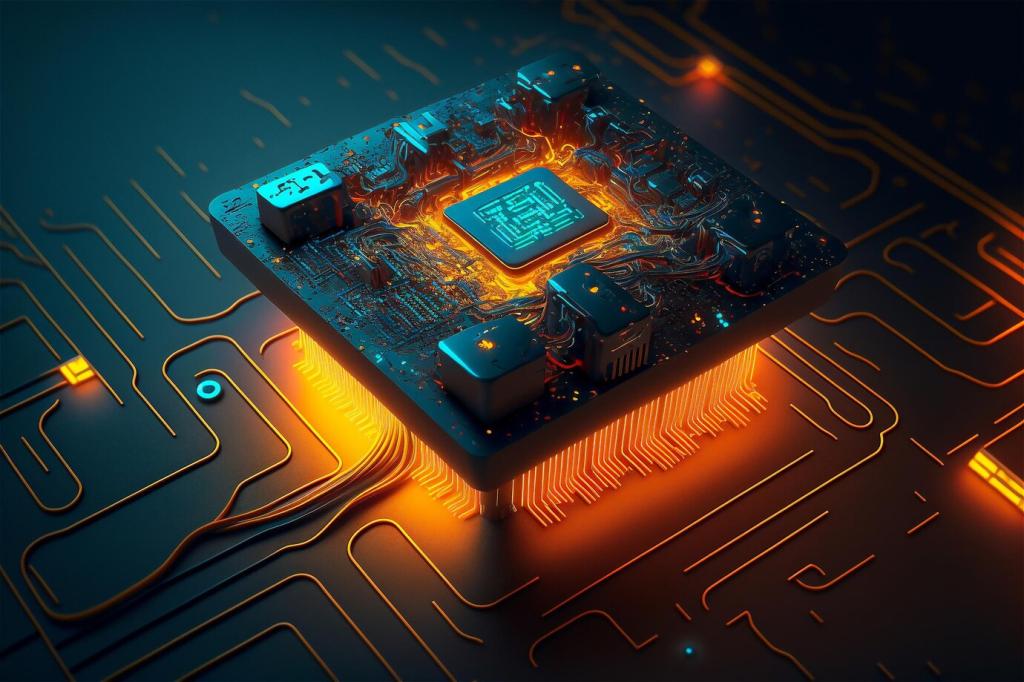Energy Efficiency You Can Feel
When your sofa detects you’ve left, it can dim floor lamps and let the thermostat relax a degree. Smart thermostats often deliver around ten percent heating and fifteen percent cooling savings; presence cues from furniture make those numbers easier to reach. Post your monthly savings milestones.
Energy Efficiency You Can Feel
A console with integrated shade controls can respond to lux sensors on its surface, balancing glare with passive warmth. Afternoon light is harnessed for comfort, not fought with overcooling. If you track lux or temperature, drop your favorite thresholds so others can copy proven settings.
Energy Efficiency You Can Feel
Coffee tables with hidden USB‑C, GaN outlets, and Qi pads reduce brick chaos while cutting vampire draw via timed relays. Label ports logically and add a physical kill switch for safety. Share photos of your cable‑free setups; we’ll feature tidy, practical builds in our newsletter.



